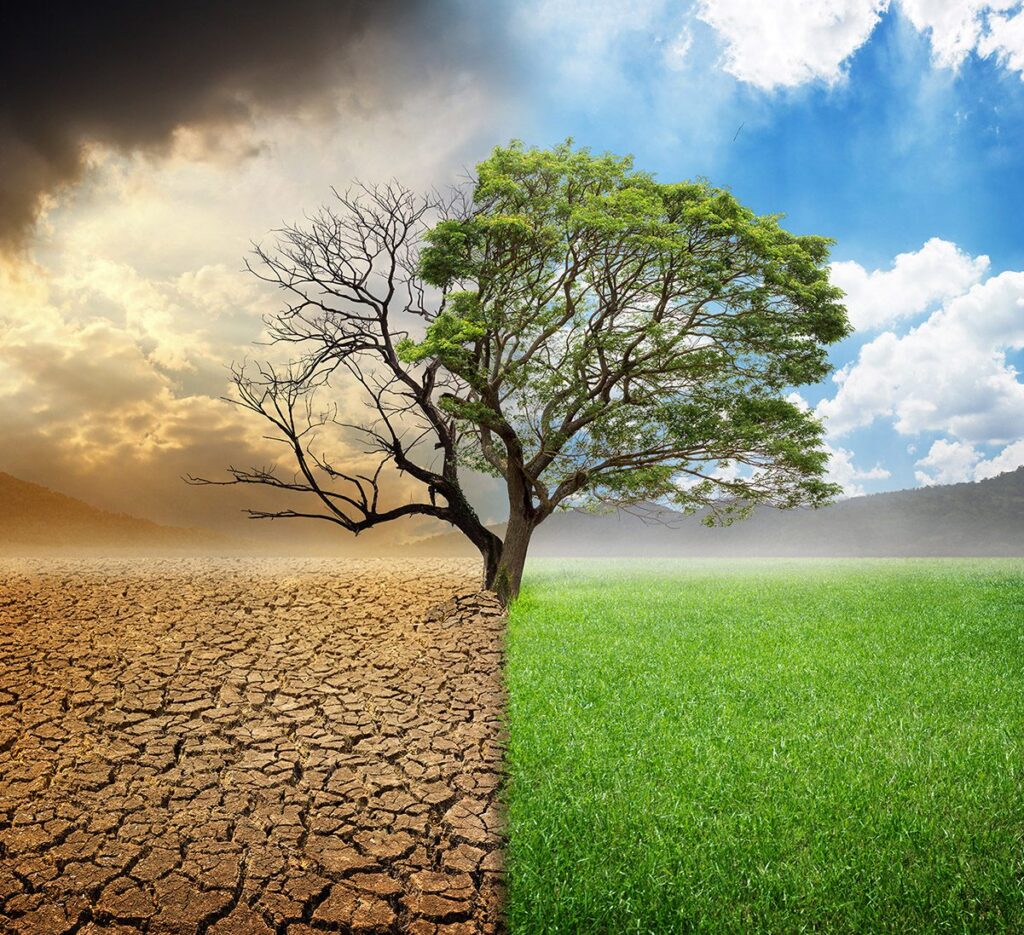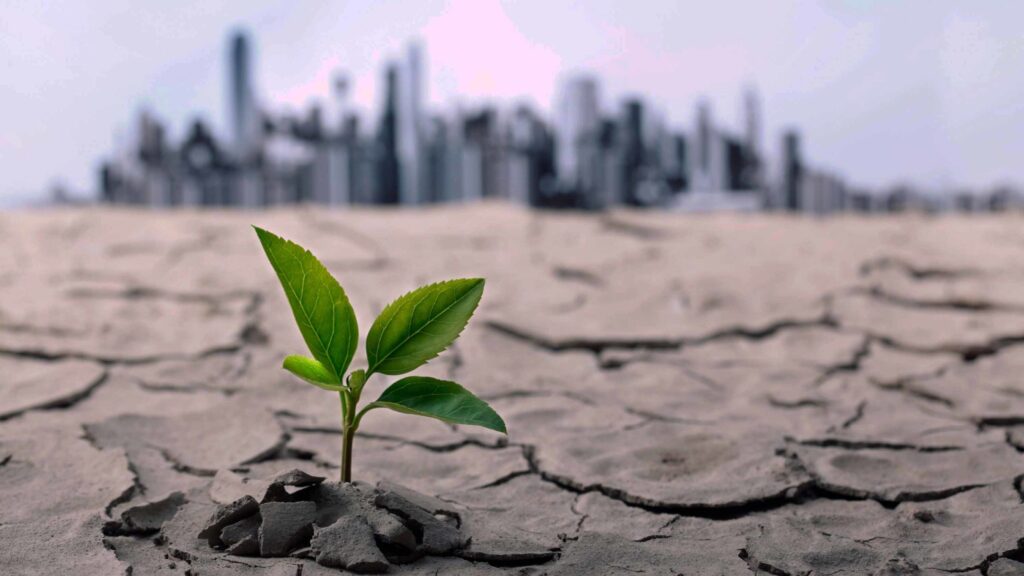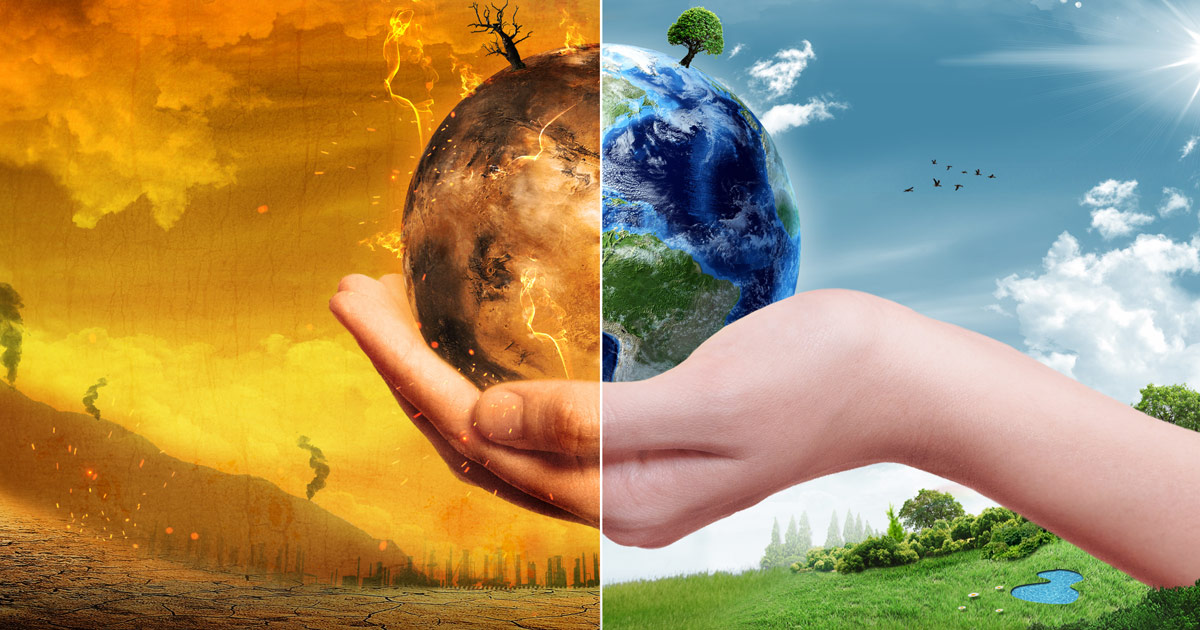Climate change is one of the most pressing issues of our time, affecting every corner of the globe. It’s a complex problem with far-reaching impacts on our environment, societies, and economies. In this blog post, we’ll delve into what climate change is, its causes, its effects, and most importantly, what can be done to address it.
What is Climate Change?

Climate change refers to significant, long-term changes in the patterns of temperature, precipitation, winds, and other aspects of the Earth’s climate system. It’s more than just global warming; it encompasses a wide range of changes happening to our planet.
The Science Behind It
The Earth’s climate has changed throughout history, but the current warming trend is significant because it is predominantly the result of human activity. The burning of fossil fuels like coal, oil, and gas for electricity, heat, and transportation releases greenhouse gases like carbon dioxide (CO2) into the atmosphere. These gases trap heat from the sun, causing the Earth’s temperature to rise.
The Effects of Climate Change
The consequences of climate change are vast and varied:
- Rising Temperatures:
- The most direct effect is the increase in global average temperatures, leading to heatwaves and disrupted weather patterns.
- Melting Ice and Rising Sea Levels:
- The warming climate causes polar ice caps and glaciers to melt, contributing to rising sea levels, which can lead to coastal flooding.
- Extreme Weather Events:
- Climate change increases the frequency and severity of extreme weather events like hurricanes, droughts, and heavy rainfall.
- Impact on Ecosystems:
- Flora and fauna struggle to adapt to the changing conditions, leading to shifts in habitats, and in some cases, extinction.
- Societal and Economic Impacts:
- These environmental changes have significant implications for agriculture, health, water supply, and even the economy.
What Can Be Done?

Addressing climate change requires concerted efforts at the global, national, local, and individual levels.
Global and National Policies
- Reducing Emissions:
- Implementing policies to reduce greenhouse gas emissions, such as transitioning to renewable energy sources and improving energy efficiency.
- International Agreements:
- Strengthening global agreements like the Paris Agreement, where countries commit to limiting global warming.
Local and Community Actions
- Sustainable Practices:
- Communities can adopt sustainable practices, like improved waste management, promoting public transportation, and protecting natural habitats.
- Education and Awareness:
- Raising awareness about the impacts of climate change and how to reduce carbon footprints at the community level.
Individual Actions
- Lifestyle Changes:
- Individuals can make a difference by reducing energy use, choosing sustainable products, and supporting eco-friendly policies and companies.
- Advocacy:
- Being an advocate for the environment by staying informed, voting for leaders committed to addressing climate change, and participating in community initiatives.
Climate change is a daunting challenge, but it’s not insurmountable. With a combination of policy, innovation, and community effort, we can mitigate its effects and move towards a more sustainable future. It’s a responsibility that falls on all of us – governments, businesses, communities, and individuals. By understanding the issue and taking action, we can make a difference in the fight against climate change.
